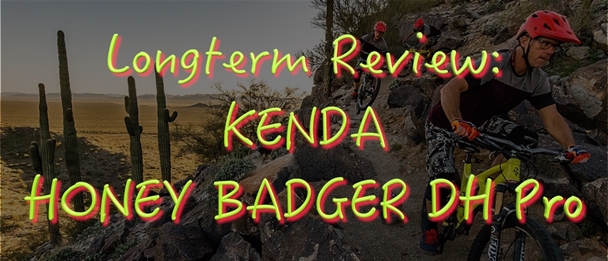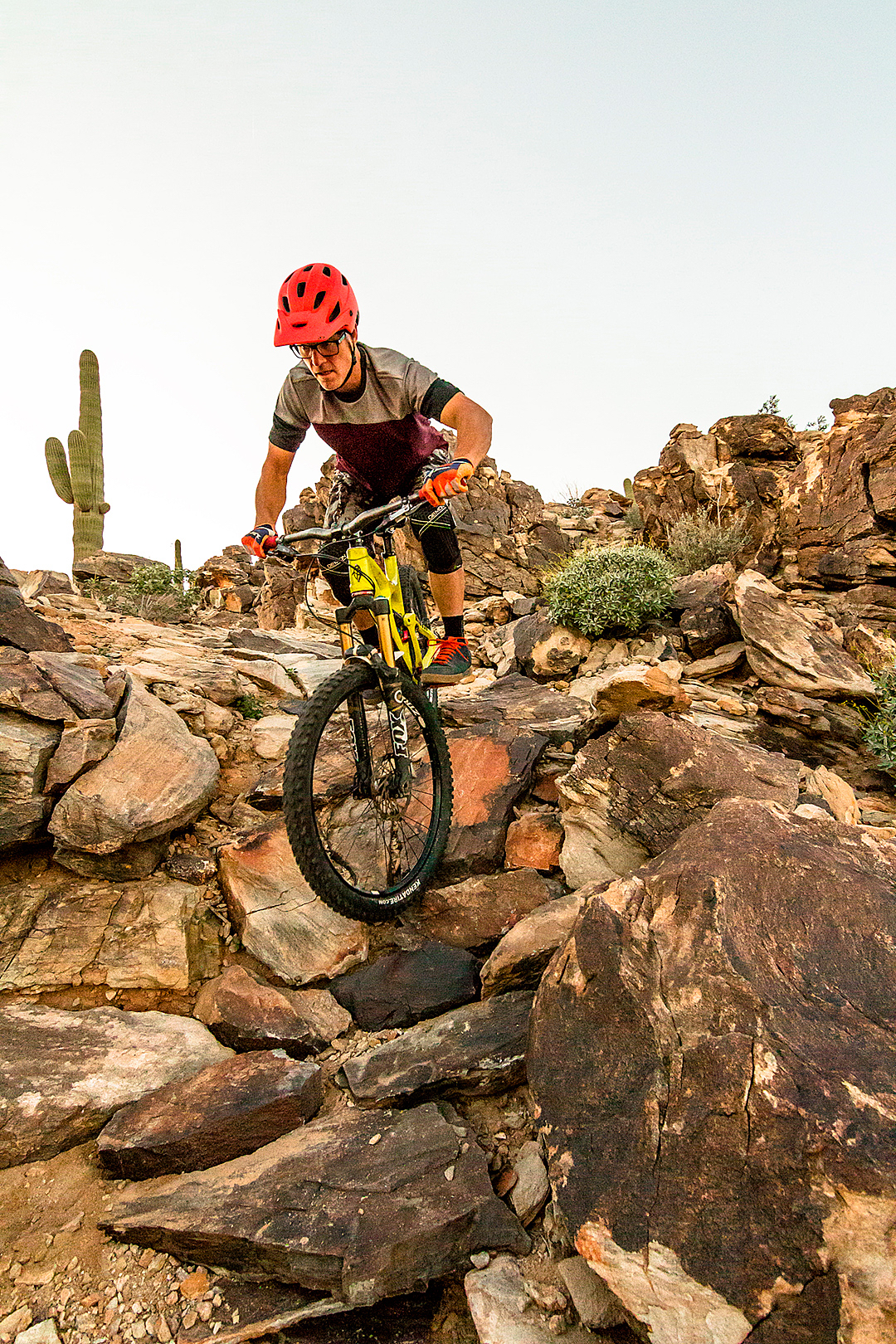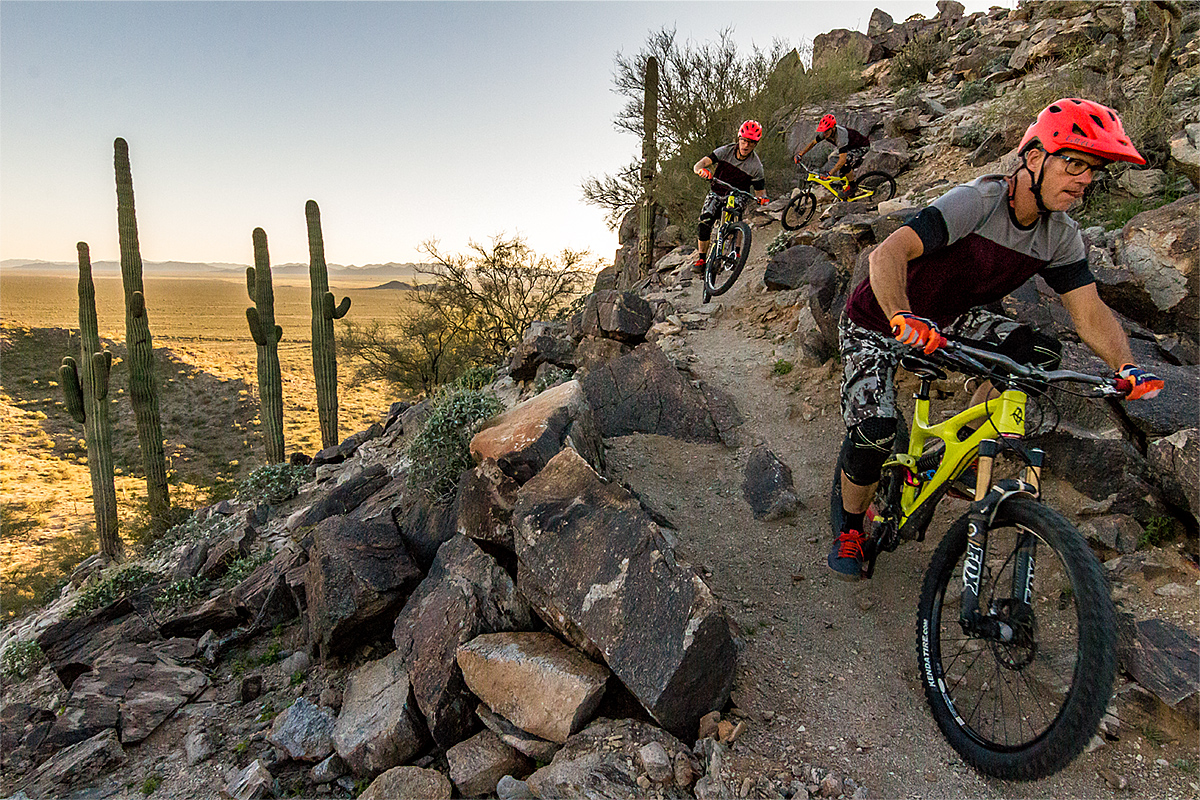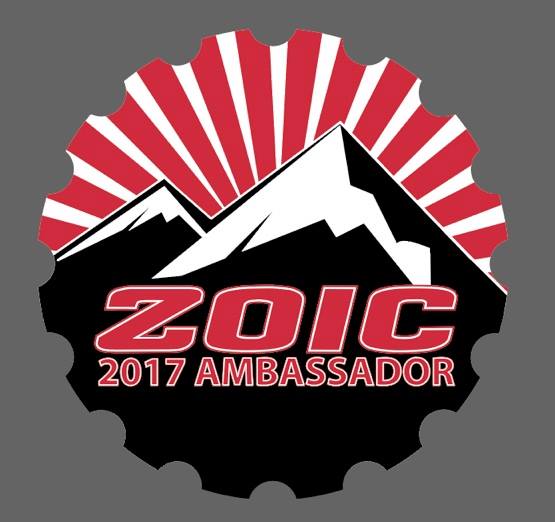Longterm Review: KENDA HONEY BADGER DH Pro
17 Apr 2017

Words from Trey Clay
LONGTERM REVIEW: KENDA HONEY BADGER DH Pro TIRE
Let’s get straight to the most important points about this tire, but first, in the interest of full-disclosure...
· I have been riding and racing mountain bikes since 1998.
· My preferred type of riding involves techy terrain with lots of jumps, drops, roots, and rock gardens.
· I’m willing to suffer a bit more on climbs, in favor of running more stout, reliable componentry that offers more competence and confidence on the descents.
· My style, or lack thereof, is that of a “slasher” or “hack” when it comes to railing berms, negotiating steep chutes—aggressive and on the edge of disaster at times—perfect for reviewing a tire with the name “HONEY BADGER”.
Specific Details of the Tire Tested:
· DH Pro 2.40
· DH-DTC (42/50 Durometer)
· “Light Gravity Casing”
· Folding Bead
· 120 TPi casing
· 30 PSi minimum
· 921 (Grams)
· Retail price $62


(Rider, writer and photographer: Trey Clay)
Tire reviews like this one can be a bit misleading, until you delve deeper. How so, you may ask? Well, for one, it would be important to know the internal rim width this tire was mated to. As you may well know, internal rim width can significantly change the performance characteristics of a tire. The rims used during my test period (3 months) have a 25.5mm internal width, resulting in a predictable feel on the off-camber, dry, dusty, rocky, loose over hard pack terrain here in the Arizona desert. Not too round and not too square...the 2.4 tire would work well up to a 30mm internal rim width, however, any wider than that, and you’d want to move up to a 2.5 tire.

From Flagstaff’s forested steeps, Sedona’s notorious slickrock and square edge hits, to the varied desert singletrack surrounding Phoenix, the Honey Badger’s tire compound provided a great balance of traction and durability with no sidewall tears or pinchflats during the test period. Spacing between knobs is spot-on for relatively quick shedding of mud (yes, AZ does occasionally get rain). Kenda does offer the Honey Badger in a softer rubber compound (RSR) and one harder compound (DTC), but I feel the DH-DTC(42/50) was ideal for the type of terrain here in AZ.
Finally, no review would be complete without discussing tire pressure. Kenda recommends you run at least 30PSi. Geared up, my riding weight is around 200lbs, and I consistently ran 25PSi in the front and 28Psi in the rear tire with no issues.
(To hear the audio version of the review please check out our podcast - Chairlift Confessions)

Have you heard our podcast? Check it out here!
.jpg)


Having fun, looking good and feeling protected all because of these guys!


.jpg)


.jpg)
Follow us here for our most current locations and shenanigans:






Have quesitons for us? Info@worldbikeparks.com
SaveSave
SaveSave
SaveSave
SaveSave
SaveSave

Comments